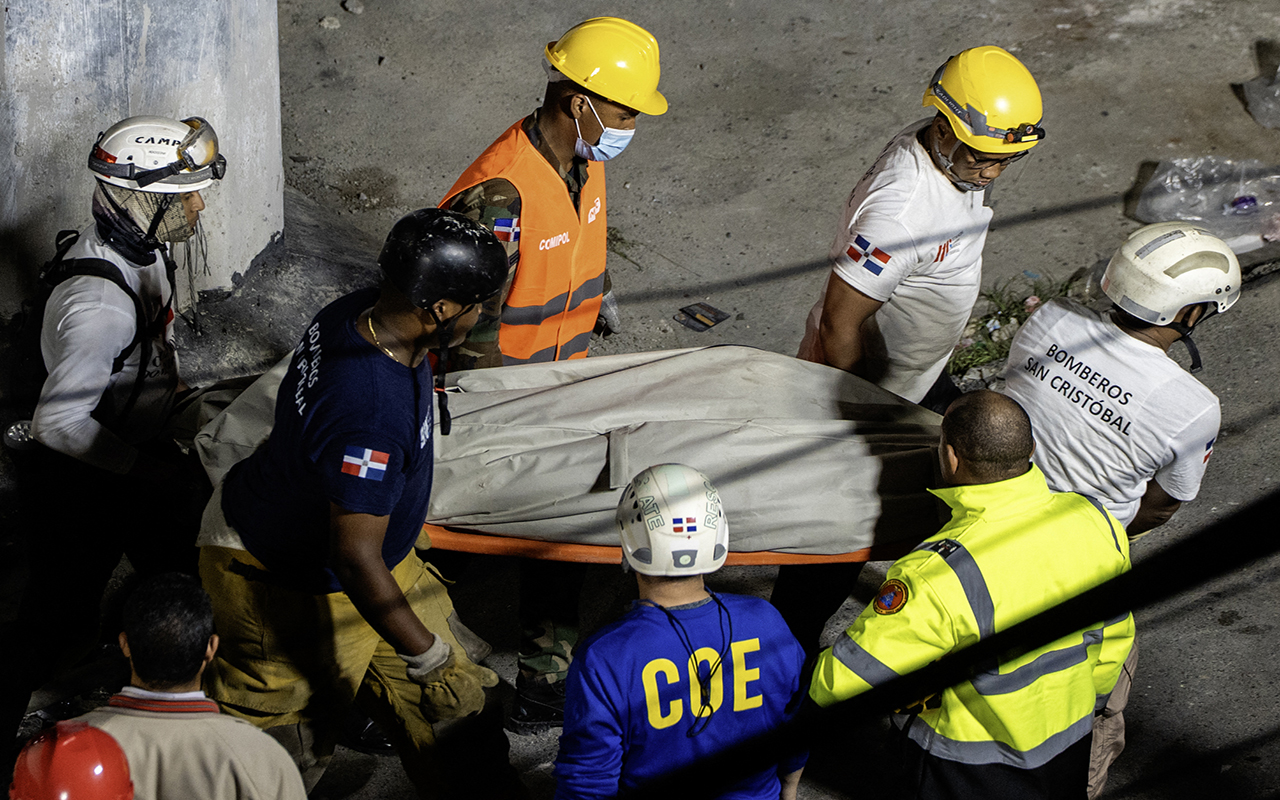
'In the Belly of the Beast': Portraying daily life in the vertical slum of Caracas
A new exhibition in Barcelona showcases the originals of a graphic novel that portrays daily life inside the Torre de David, an unfinished skyscraper in Caracas
In 2010, Angela Bonadies and Juan José Olavarría, two Venezuelan photographers in exile, started a project entitled La Torre de David (The Tower of David) with the idea of portraying the day-to-day life in the imposing unfinished skyscraper that stands in the heart of Caracas. With 45 floors and at 195 meters high, the building, officially called Centro Financiero Confinanzas, would have been the eighth tallest in Latin America had it not been for its construction being halted in 1994, when 70% of the work was completed.
The reason? The death of its main shareholder, David Billembourg, (hence its nickname, Tower of David) and the financial crisis that hit the country, leaving the construction company in bankruptcy.
Starting in 2007, the dilapidated building, which should have been the centerpiece of a Wall Street-style boulevard, began to be occupied by homeless families and individuals. Close to 900 families — some 4,500 people — came to live there, sheltered by the Caciques de Venezuela housing cooperative, becoming an "organized vertical slum," until they were evicted by the government of Nicolás Maduro in 2014.
After negotiating with the person in charge of the community, Bonadies and Olavarría gained access to the interior of the tower and documented the domestic spaces and new architectural morphology, in addition to holding conversations with its residents. According to the artists themselves, the tower is an icon that represents the last decades of Venezuela — from the modernizing promise of capital to the revolutionary promise of the State.

Conceived as a graphic novel, the comic In the Belly of the Beast — censored in Venezuela — stars in a new exhibition at the Palau de la Virreina museum center, on Barcelona's popular La Rambla, which will remain open until June 5.
RELATED CONTENT
The creators present the originals of a comic of which only had print run, with 500 copies sold by hand in Venezuela. Another package with more copies that was to leave for Barcelona was intercepted at Venezuelan customs and was prevented from leaving because it was considered "political pornography."
For the creation of the comic, conceived as a "work in progress," Bonadies and Olavarría start from photographs and conversations held with the inhabitants of the tower throughout 2010 to portray the precarious living conditions and the authoritarian and macho power that reigned inside.
"The tower is an icon that represents the last decades of Venezuela: from the modernizing promise of capital to the revolutionary promise of the State," the authors write in the exhibition.
The comic reflects the daily life inside the building, with stores, kindergartens, hairdressers or garages to the abuses of power, prostitution and drug trafficking, and the precarious and dilapidated state of the building (elevators and running water did not work), becoming a symbol of national shame.











LEAVE A COMMENT: